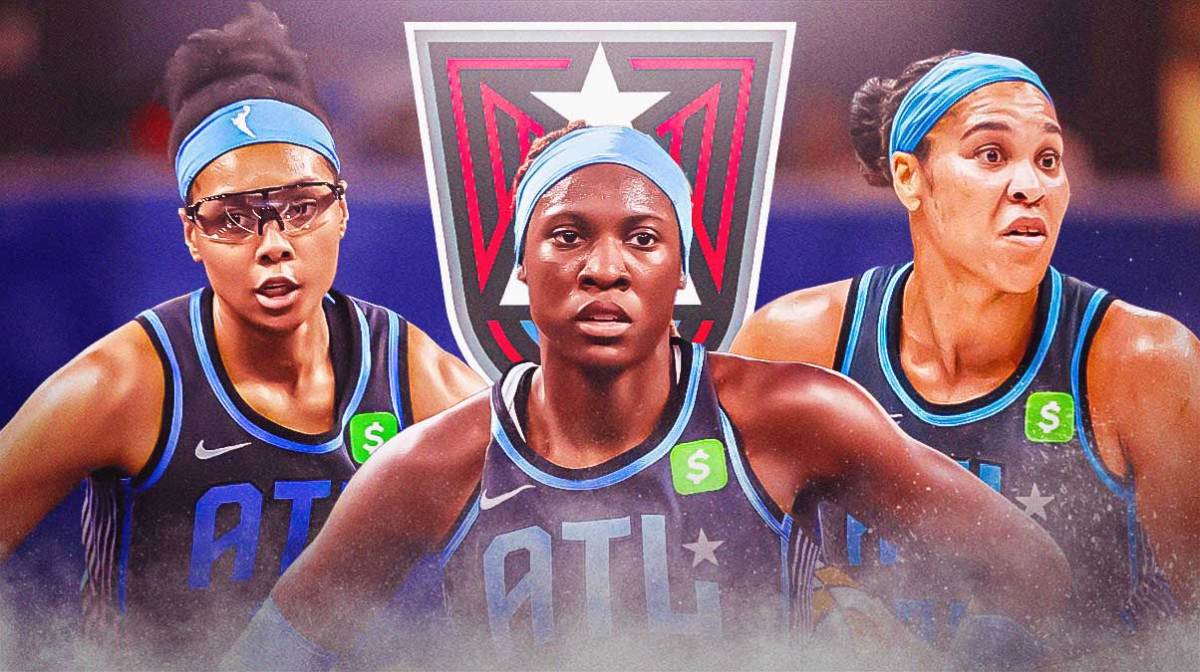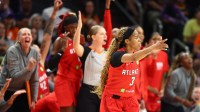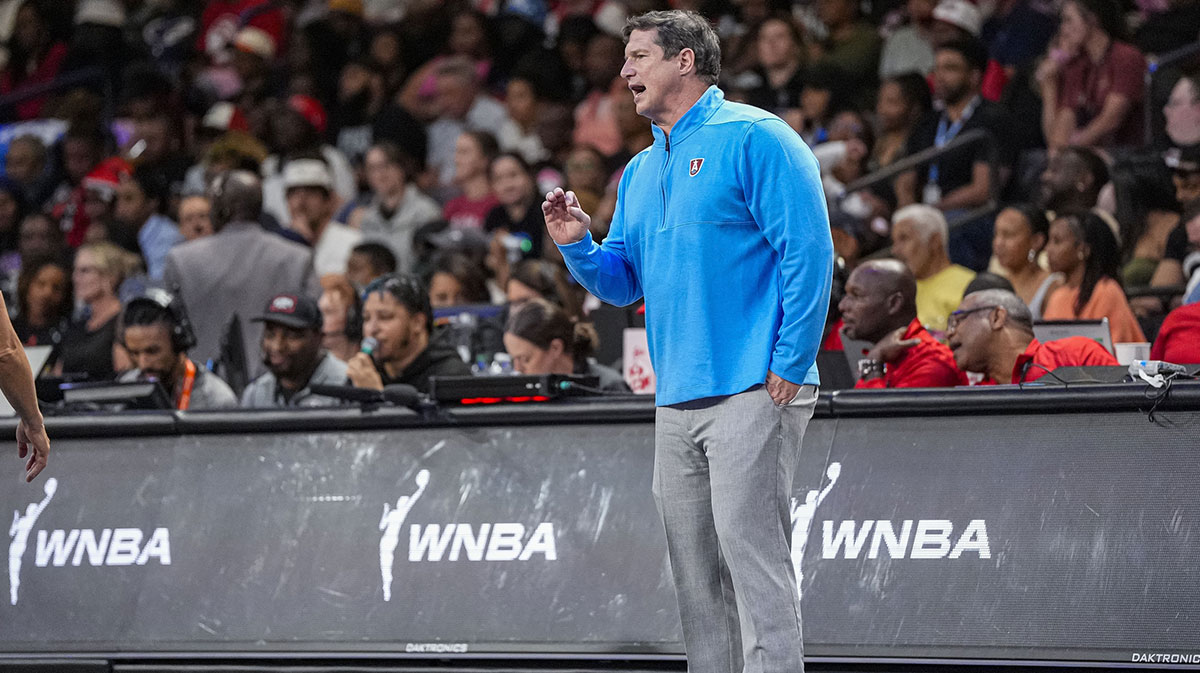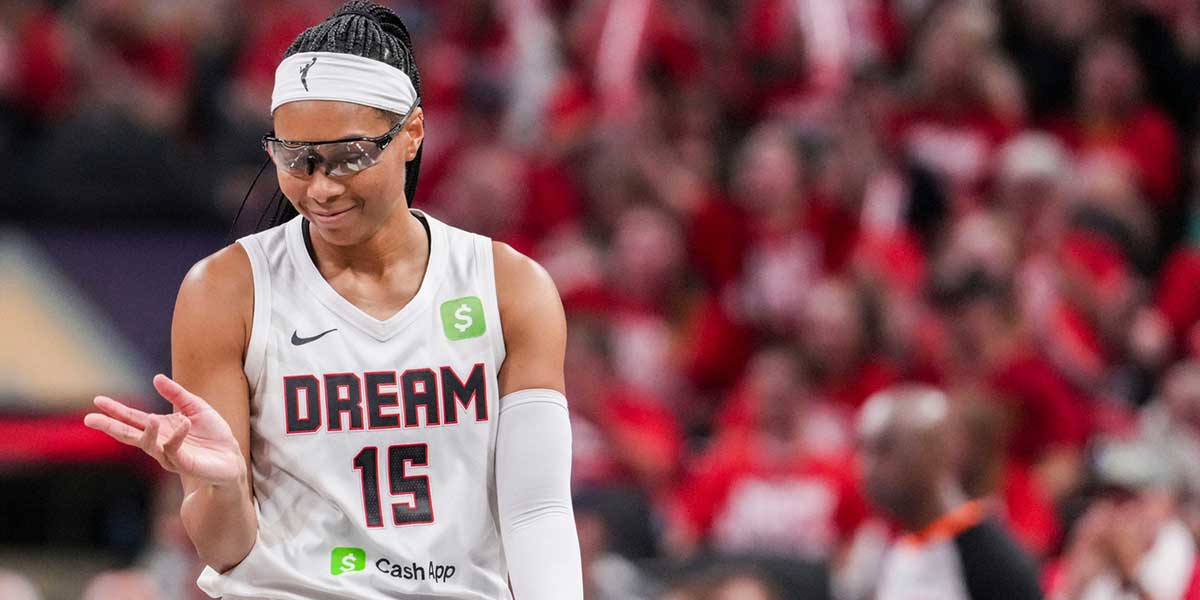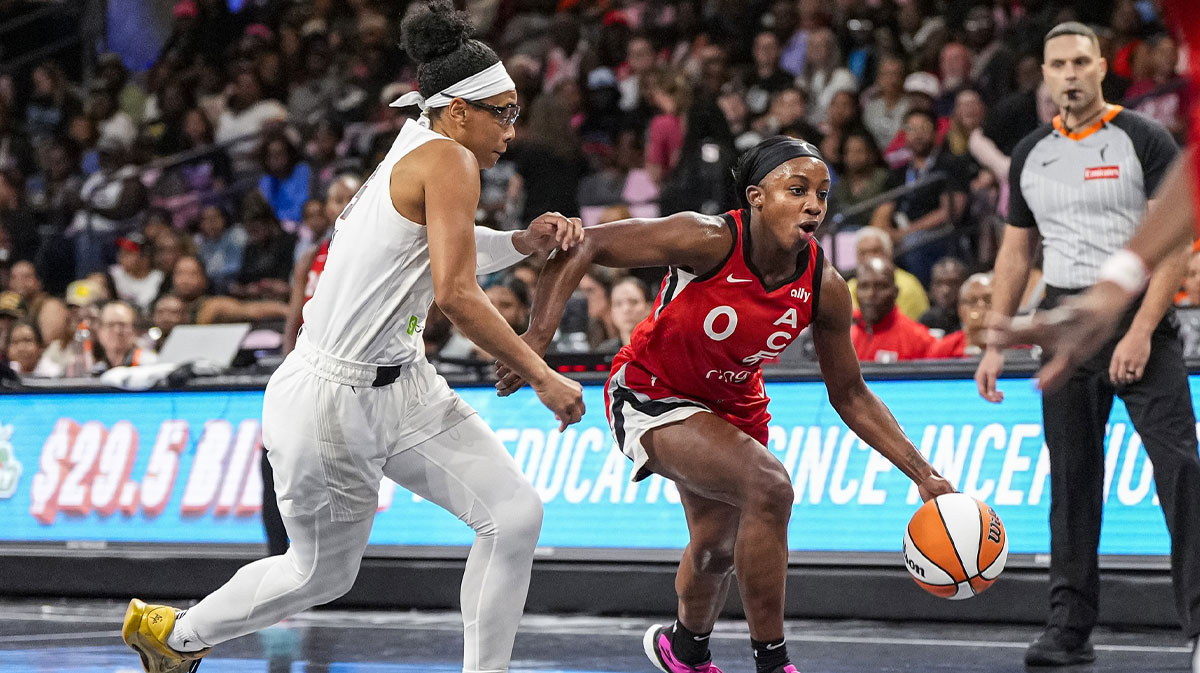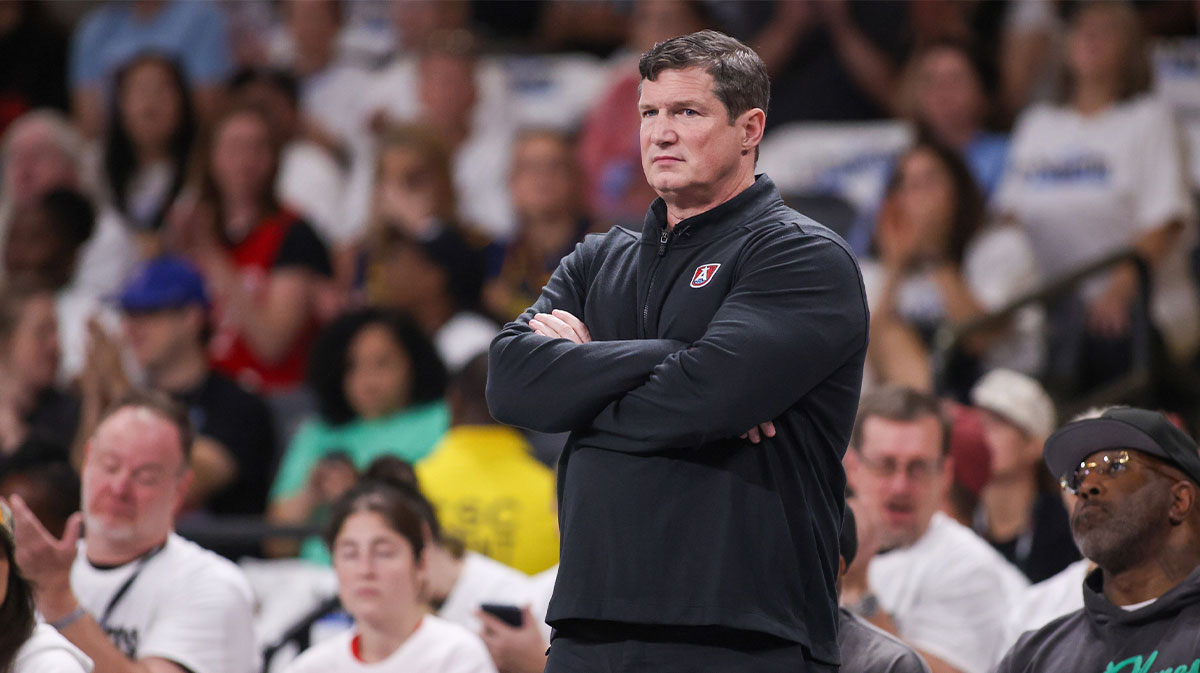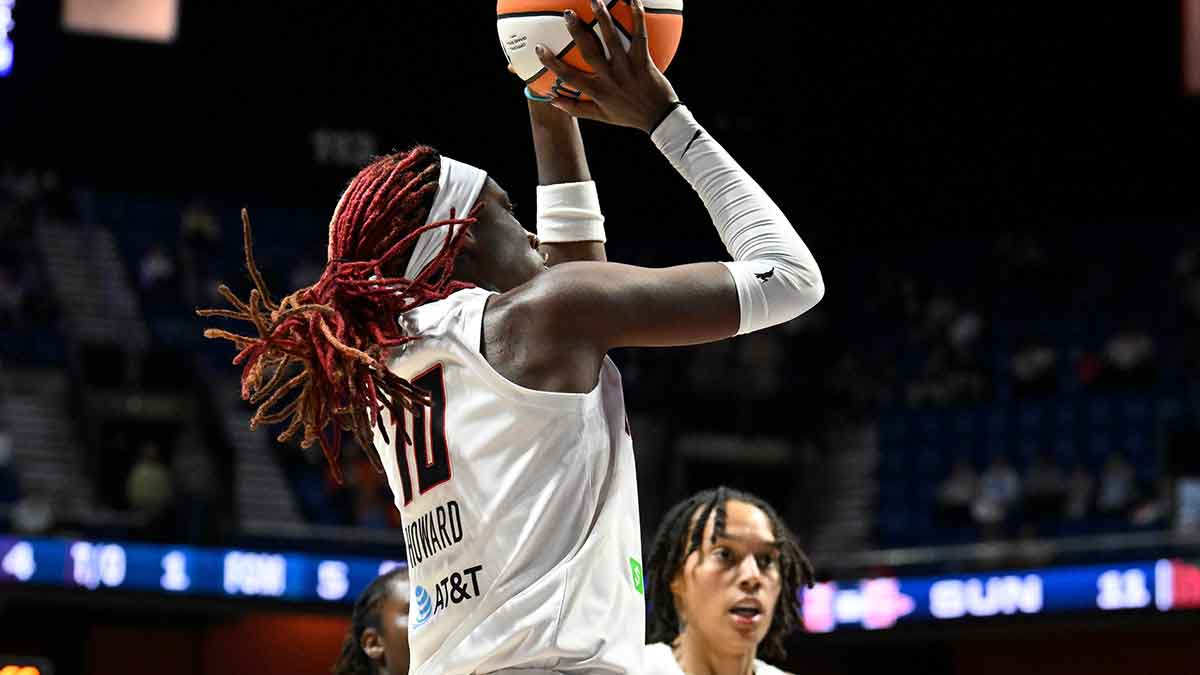The Atlanta Dream have spent the 2025 season proving they belong among the WNBA’s elite. They’ve battled through adversity and announced themselves as a legitimate championship threat. Yet beneath the surface of their success lies one issue that refuses to go away. For all the Dream’s balance and defensive grit, their postseason fate may ultimately hinge on fixing one fatal flaw: offensive inconsistency.
The Dream’s 2025 season so far
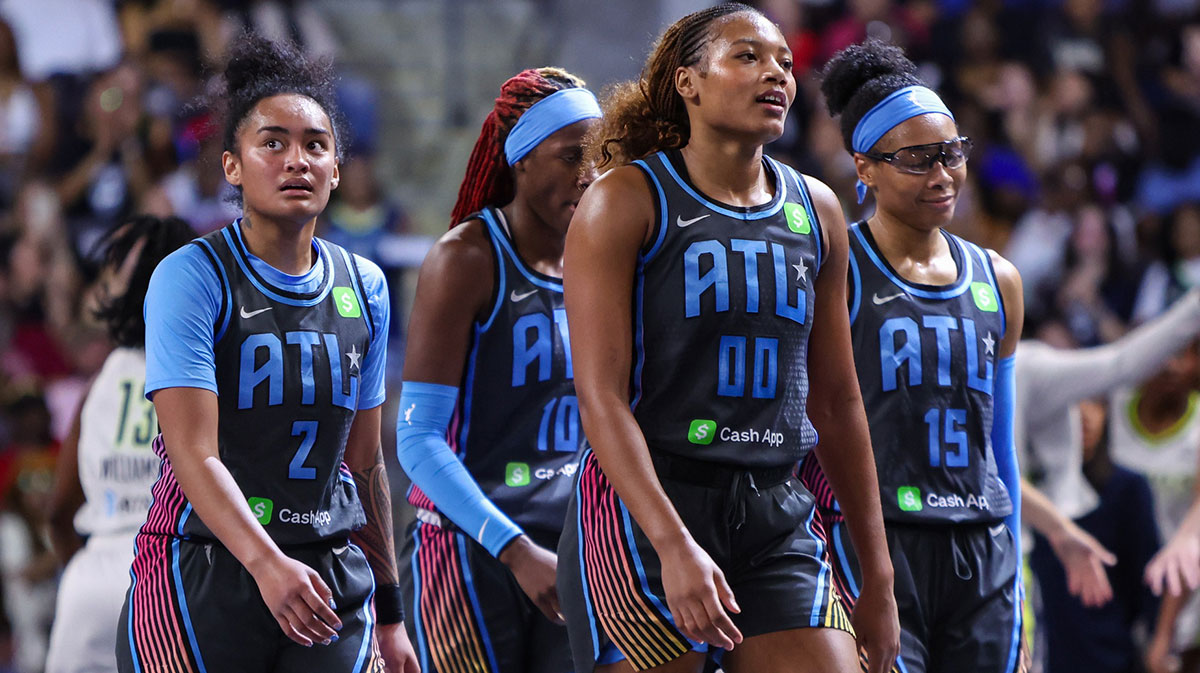
As the 2025 WNBA season approaches its climax, the Dream have emerged as a formidable contender. Having posted an impressive 27-14 record and leading the Eastern Conference, the Dream have showcased a well-rounded roster led by stars like Allisha Gray, Rhyne Howard, and Brittney Griner. Yet, beneath their success lies a critical vulnerability that could stifle their championship ambitions: offensive inconsistency. To make a genuine run in the playoffs, Atlanta must address this glaring flaw.
The Dream’s defensive strength and balanced roster
If defense wins championships, then Atlanta has already checked that box. The Dream’s defense has been the backbone of their rise this year. They have been able to smother opponents with physicality, discipline, and relentlessness. Anchored by Griner’s rim protection and Brionna Jones’s rebounding dominance, Atlanta ranks among the league leaders in defensive rebounds (36.5) and blocks (4.4) per game. That combination makes it brutally difficult for opponents to find rhythm or pile up easy points.
The Dream’s defensive prowess is matched by depth across the roster. Gray leads the team with 18.6 points per game and remains a reliable go-to option in crunch time. Howard orchestrates the flow of the offense, dishing 4.6 assists per game while also contributing 1.6 steals on the other end. Add in Griner’s interior presence and role players who embrace their assignments, and it’s easy to see why Atlanta has climbed to the top of the East.
Here we will look at and discuss the fatal flaw that the Atlanta Dream must fix before the 2025 WNBA playoffs.
The fatal flaw: offensive inconsistency
That said, the Dream’s defense cannot hide an offensive problem that has cropped up too often this season. Their offense, while capable, is streaky. In the playoffs, that’s a dangerous trait. Atlanta averages 83.7 points per game, ranking a solid but unspectacular fifth in the league. When shots are falling, they look unstoppable. However, when the offense sputters, even the best defense can’t always save them.
The issue shows itself in three critical areas:
Shooting struggles: Atlanta relies heavily on the three-point shot, but their accuracy leaves much to be desired. At 33.2 percent from deep, they sit near the bottom of the league. Cold shooting nights have sunk them in games they otherwise controlled defensively.
Turnovers: The Dream too often give away possessions. Careless passes, forced looks, and sloppy execution translate into easy transition buckets for opponents. These unforced errors nullify their defensive intensity and swing momentum.
Lack of sustained scoring bursts: Playoff contenders thrive on stringing together offensive runs that break opponents’ backs. Atlanta, however, too often relies on one or two stars while the rest of the offense stalls. Without multiple threats stepping up simultaneously, defenses can key in and shut them down.
Offensive leadership and tactical adjustments
The Dream have the personnel to solve their scoring problems. It's more about commitment, execution, and trust. Gray and Howard must not only sustain their own output but also lift younger teammates into bigger scoring roles. Howard, in particular, can unlock the offense with her versatility. She can attack off the dribble, set up cutters, or stretch the defense from deep.
Meanwhile, Griner’s post presence is a resource Atlanta hasn’t maximized consistently. Feeding her early and often forces opponents to collapse, opening up kick-out opportunities for shooters. Better spacing around Griner could transform possessions from stagnant to dynamic.
Coach Karl Smesko holds the key to turning this from a liability into a strength. Adjustments in offensive sets—quicker ball movement, sharper off-ball cutting, and reduced reliance on contested jumpers—will make the Dream harder to predict and harder to defend. Playoff defenses thrive on predictability; Atlanta must embrace creativity.
Why fixing the offense matters more than ever
The WNBA playoffs are unforgiving. Possessions slow down, scouting is sharper, and defenses elevate their intensity. In that environment, a team with offensive inconsistency is at risk of being exposed. The Dream cannot rely on their defense alone to carry them through best-of-five series against elite opponents like the Aces, Liberty, or Mercury.
If Atlanta shores up its offense, it becomes one of the most complete teams in the league: a stifling defense paired with a multidimensional, reliable attack. If not, their season could end abruptly. It won't be because of a lack of talent, but because of a lack of consistency in the one area where champions can’t afford to falter.
A defining test awaits
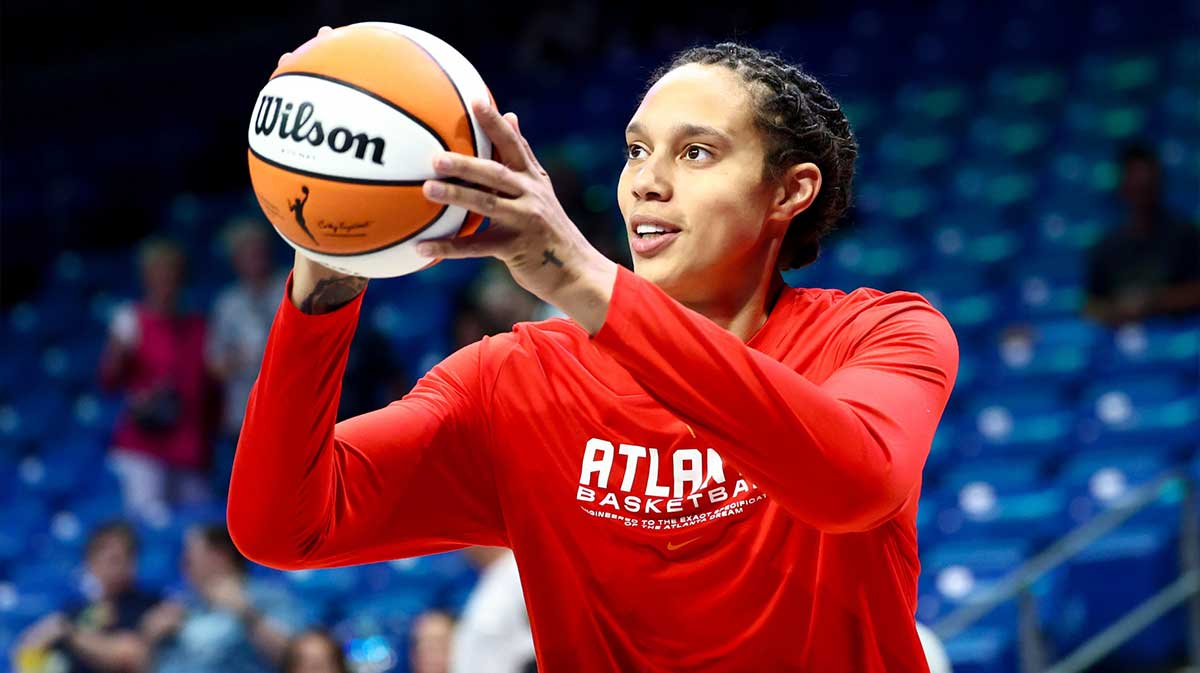
The Atlanta Dream have positioned themselves for a deep playoff run. They have the record, the stars, the depth, and the defense. What they don’t yet have is the offensive steadiness to match. That is the fatal flaw that could undo everything they’ve built.
The next few weeks will determine whether Atlanta can rise to the challenge. If Gray, Howard, and Griner can elevate the offense with help from Coach Wright’s adjustments, the Dream may very well transform from contender to champion. That said, if the inconsistency continues, their season could end with the haunting feeling of what might have been.

